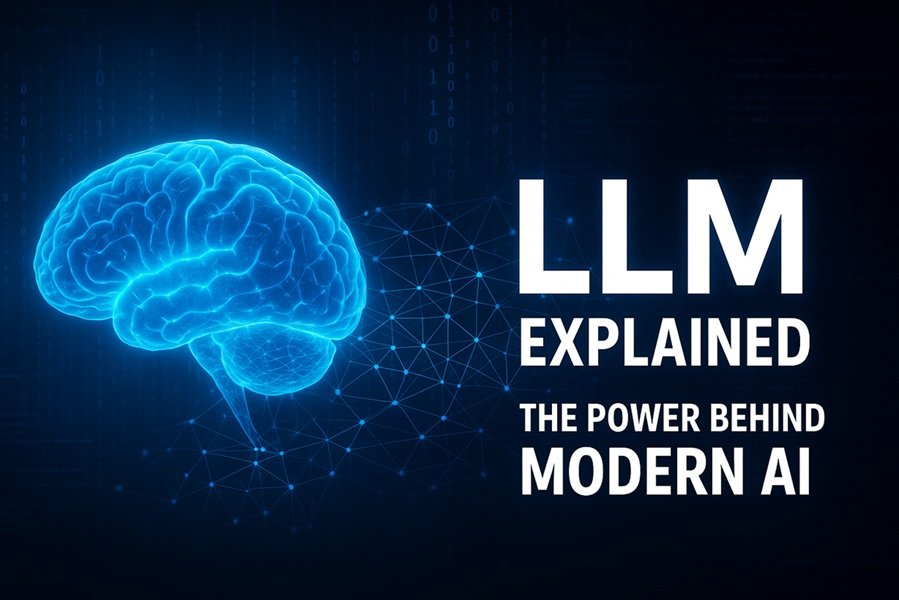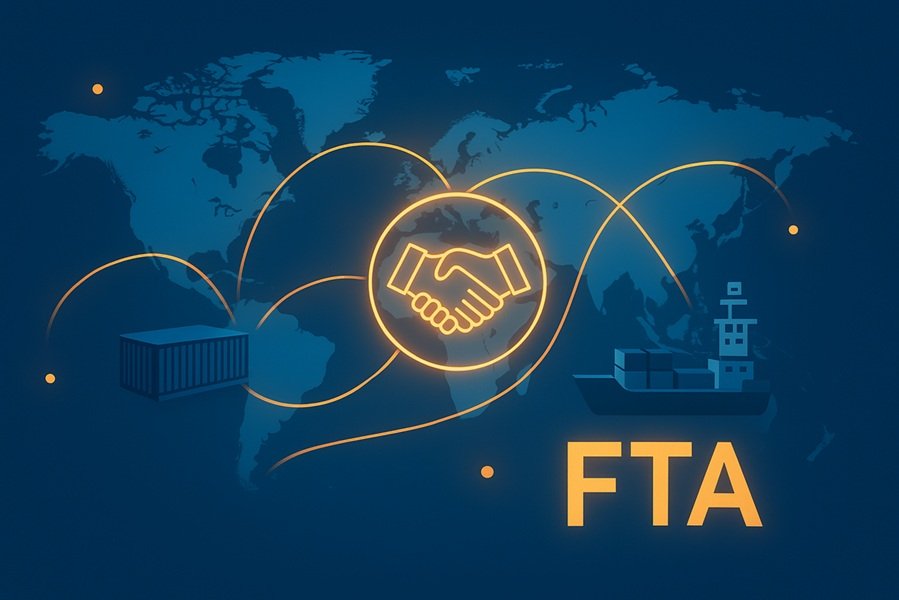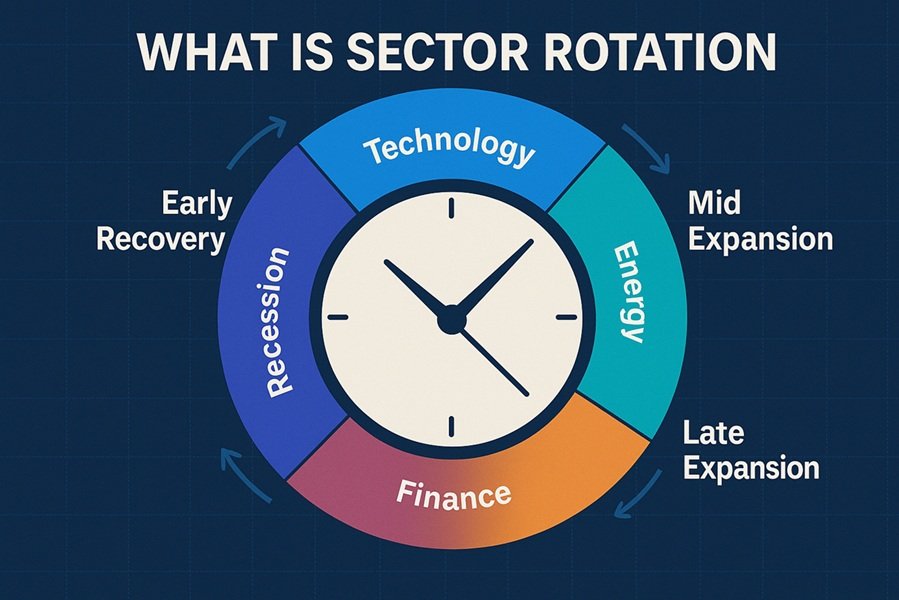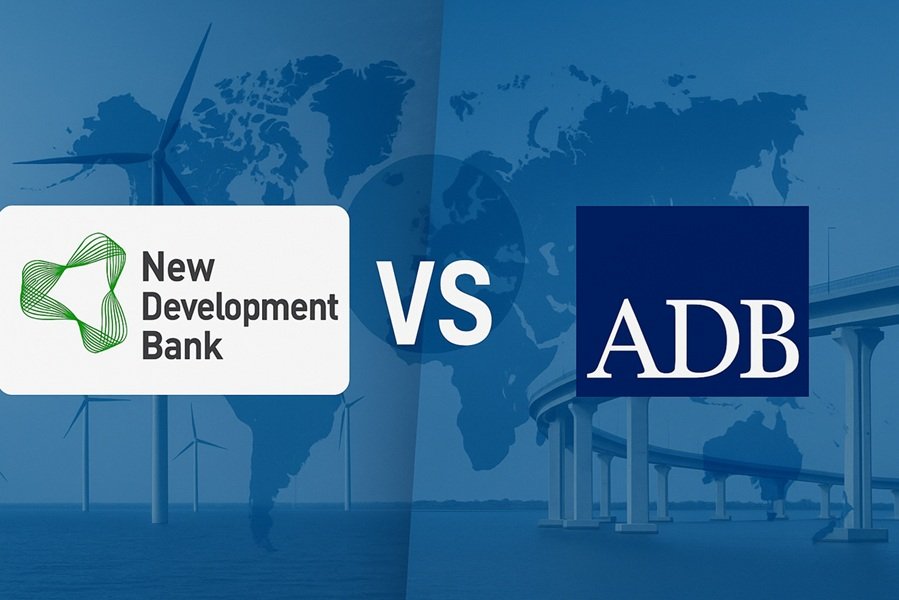
Introduction
Artificial Intelligence (AI) has evolved rapidly in recent years, and at the forefront of this revolution are Large Language Models (LLMs). These are advanced AI systems capable of understanding, generating, and reasoning with human language. Whether it’s ChatGPT, Google Gemini, Claude, or Meta’s LLaMA, all these systems are powered by LLMs — trained on vast datasets of human text to perform a wide range of language-related tasks.
In this article, we’ll explore what an LLM is, how it works, its architecture, training mechanisms, applications, limitations, and future prospects.
What Is an LLM (Large Language Model)?
An LLM (Large Language Model) is a type of artificial intelligence model designed to process and generate human language. Built using deep learning techniques, especially Transformer architectures, these models are trained on massive datasets containing text from books, websites, articles, and social media to understand the patterns and structure of language.
In simpler terms, an LLM learns how humans write and speak, enabling it to respond to prompts, answer questions, translate languages, summarize texts, and even generate original content.
The Core Principle Behind LLMs: Predicting the Next Word
At their foundation, LLMs work on a simple concept:
Predicting the next word in a sequence of words.
For example, given the input “The sky is…”, the model learns to predict “blue” based on probabilities from its training data. Although this seems basic, the scale and depth of training make it extraordinarily powerful. By learning billions of such examples, the model begins to understand context, grammar, facts, and even abstract reasoning.
The Architecture: The Transformer Model
The major breakthrough that made modern LLMs possible was the introduction of the Transformer architecture in 2017 by researchers at Google in the paper “Attention Is All You Need.”
Key Components:
- Attention Mechanism:
Allows the model to “focus” on relevant parts of the input text. This is what enables the model to understand long-range dependencies in language. - Self-Attention Layers:
Enable each word to understand its relationship with every other word in a sentence. - Feed-Forward Neural Networks:
Process the attended information to make predictions. - Positional Encoding:
Helps the model understand the order of words in a sentence — crucial since word order changes meaning.
This architecture is scalable, meaning it can be expanded to billions of parameters — leading to the development of massive models like GPT-4, Gemini 1.5, and Claude 3.
Training Large Language Models
Training an LLM involves three main stages:
1. Pretraining
- The model is exposed to vast datasets (text from books, websites, research papers, etc.).
- It learns general language patterns and factual associations.
- This stage requires enormous computing power and data — often handled by supercomputers using GPU clusters.
2. Fine-Tuning
- After pretraining, the model is fine-tuned on specific datasets or tasks (like dialogue, summarization, or programming).
3. Reinforcement Learning with Human Feedback (RLHF)
- This step aligns the model’s responses with human values and preferences.
- Human trainers review outputs and rate them, allowing the model to learn from human feedback — improving accuracy and safety.
Famous Examples of LLMs
| Model Name | Developer | Release Year | Notable Feature |
|---|---|---|---|
| GPT-3 / GPT-4 | OpenAI | 2020 / 2023 | Human-like text generation and reasoning |
| Gemini | Google DeepMind | 2023–24 | Multi-modal understanding (text, image, code) |
| Claude | Anthropic | 2023 | Focus on constitutional AI and safety |
| LLaMA | Meta (Facebook) | 2023 | Open-source model for research and development |
| Mistral / Mixtral | Mistral AI | 2024 | Efficient open-weight language models |
Applications of LLMs
LLMs have rapidly expanded across industries, reshaping how humans interact with technology.
1. Conversational AI
- Powering chatbots like ChatGPT, Gemini, and Claude.
- Used in customer support, virtual assistants, and education.
2. Content Creation
- Writing blogs, scripts, reports, and even poetry.
- Used by journalists, marketers, and authors for idea generation.
3. Programming and Code Generation
- Models like Codex and GitHub Copilot assist developers in writing and debugging code.
4. Translation and Localization
- Real-time translation across dozens of languages with context preservation.
5. Research and Education
- Summarizing research papers, generating study guides, and aiding academic exploration.
6. Healthcare and Law
- Drafting legal documents, summarizing patient records, and supporting diagnostic decisions.
Ethical Challenges and Limitations
While LLMs are powerful, they are not without issues.
1. Bias in Training Data
Since models learn from publicly available text, they may reflect societal, racial, or gender biases.
2. Hallucination
LLMs sometimes generate factually incorrect or fabricated information, known as AI hallucinations.
3. Data Privacy
Training data may inadvertently include sensitive or copyrighted material.
4. Energy Consumption
Training large models consumes vast computational and electrical resources, raising sustainability concerns.
5. Overreliance and Misinformation
LLMs can produce convincing but false narratives — potentially amplifying misinformation if unchecked.
How LLMs Differ from Traditional AI Models
| Aspect | Traditional AI | LLM |
|---|---|---|
| Data Size | Limited datasets | Trillions of tokens |
| Learning Method | Task-specific training | Self-supervised learning |
| Scalability | Moderate | Highly scalable (billions of parameters) |
| Output | Narrow and structured | Contextual, creative, and dynamic |
| Adaptability | Fixed for one domain | Multi-domain capability |
The Future of Large Language Models
The future of LLMs points toward multimodal and hybrid intelligence systems capable of integrating:
- Text + Image + Audio + Video understanding
- Memory and reasoning capabilities
- Personalized AI assistants
- Edge AI deployments for privacy and speed
Projects like OpenAI’s GPT-5, Gemini 2.0, and Anthropic’s Claude Next are expected to push the boundaries further — blending human intuition with computational reasoning.
Conclusion
Large Language Models have become the backbone of modern AI, enabling breakthroughs across industries. From natural conversations to code generation and research support, their applications are vast. Yet, ethical challenges and data limitations remind us that responsible AI development is essential.
As the world moves toward more powerful and conscious AI systems, understanding LLMs helps us appreciate the technological leap they represent — a bridge between human cognition and machine intelligence.








